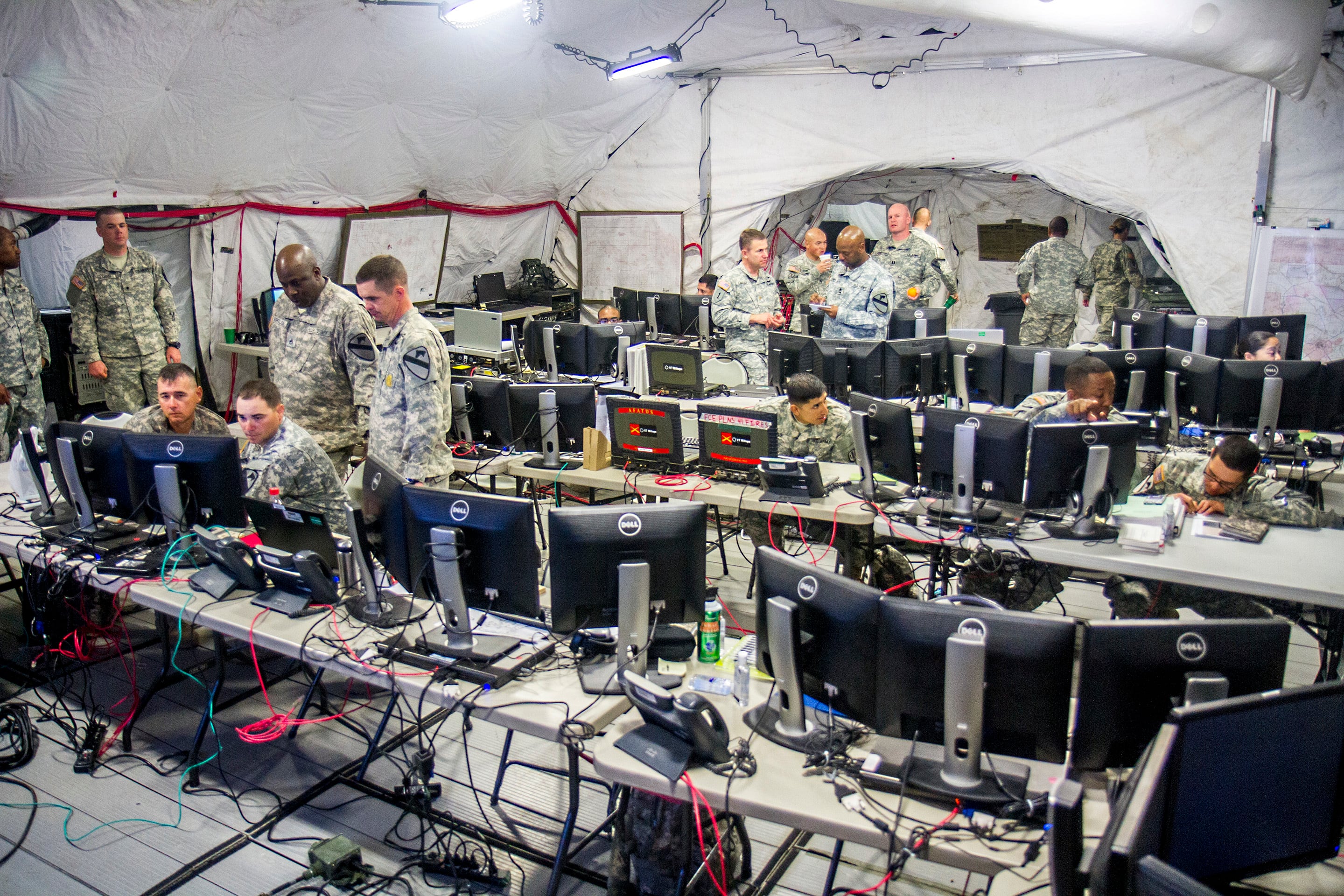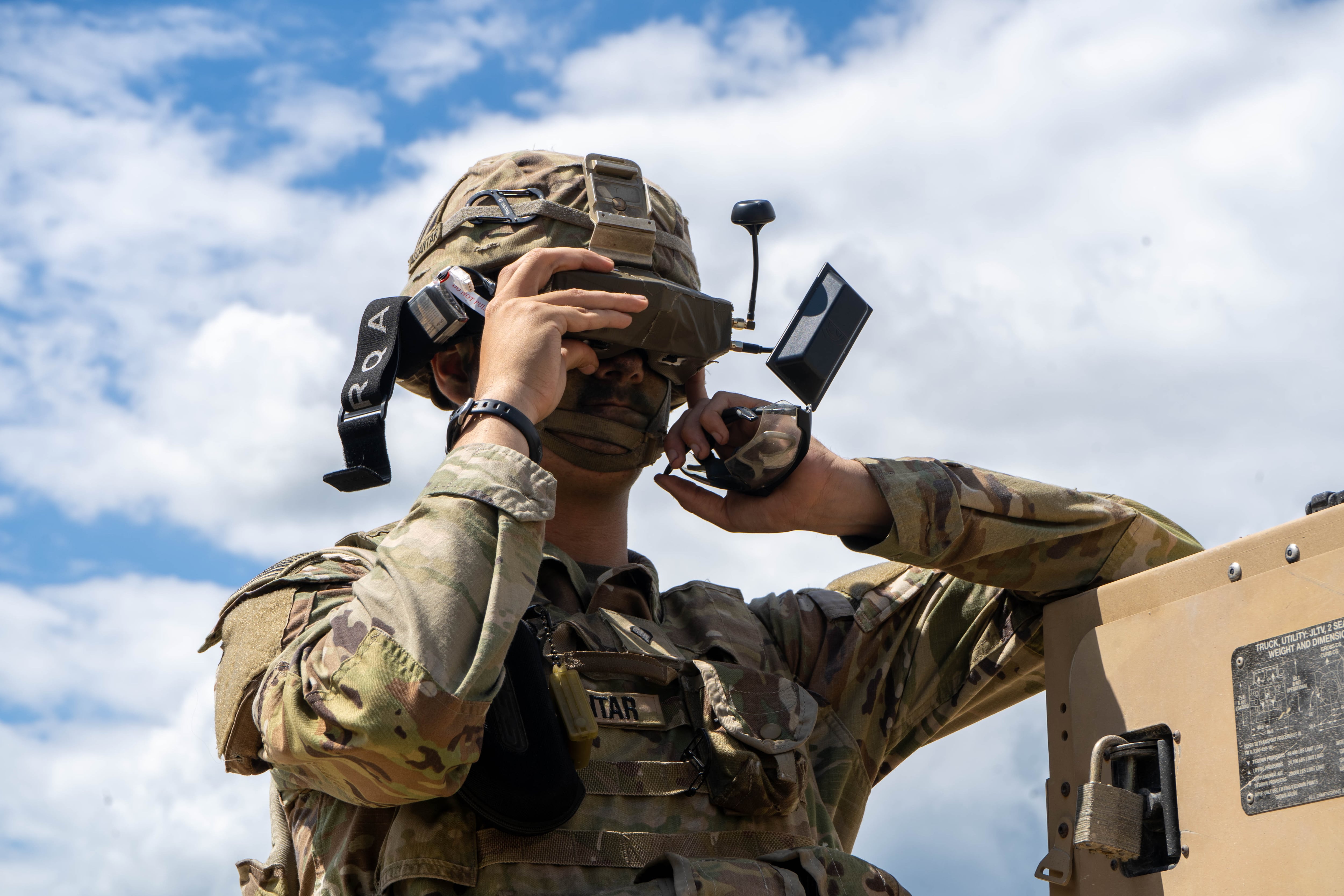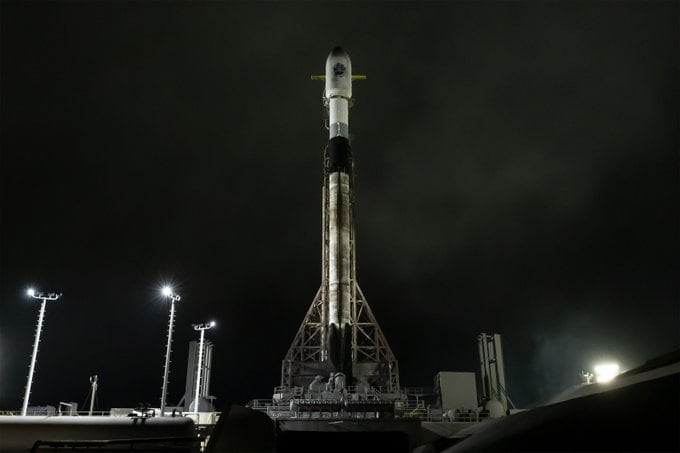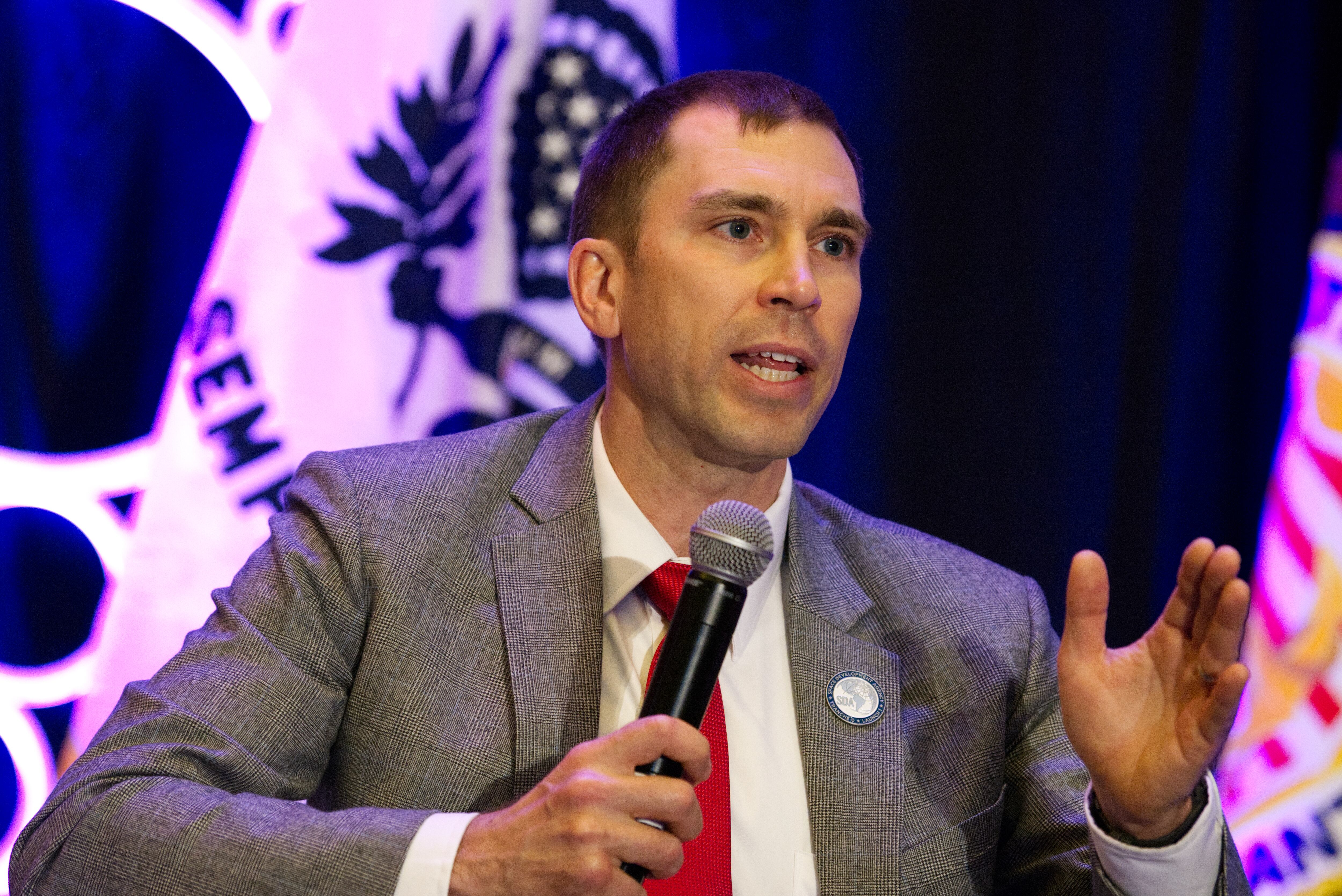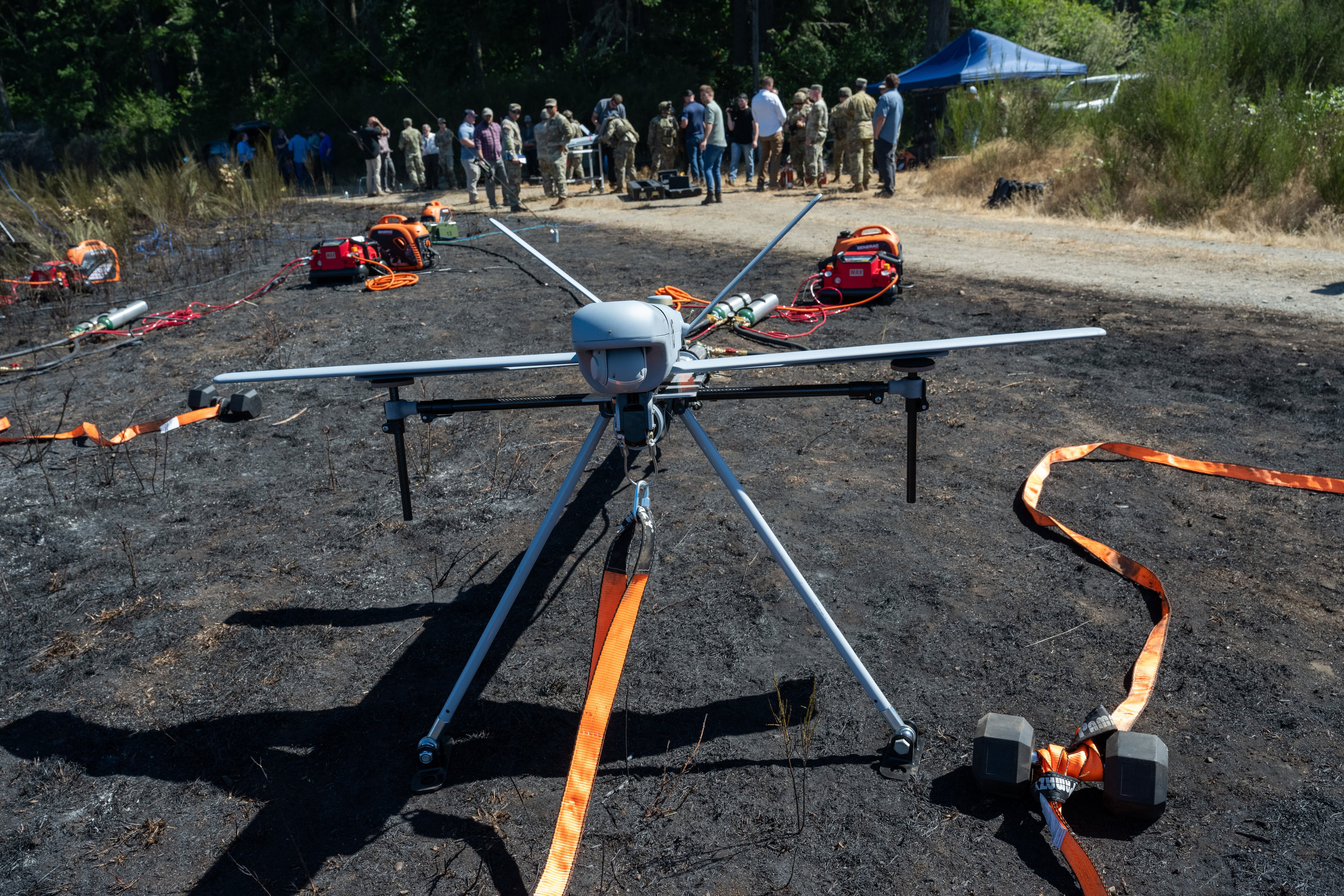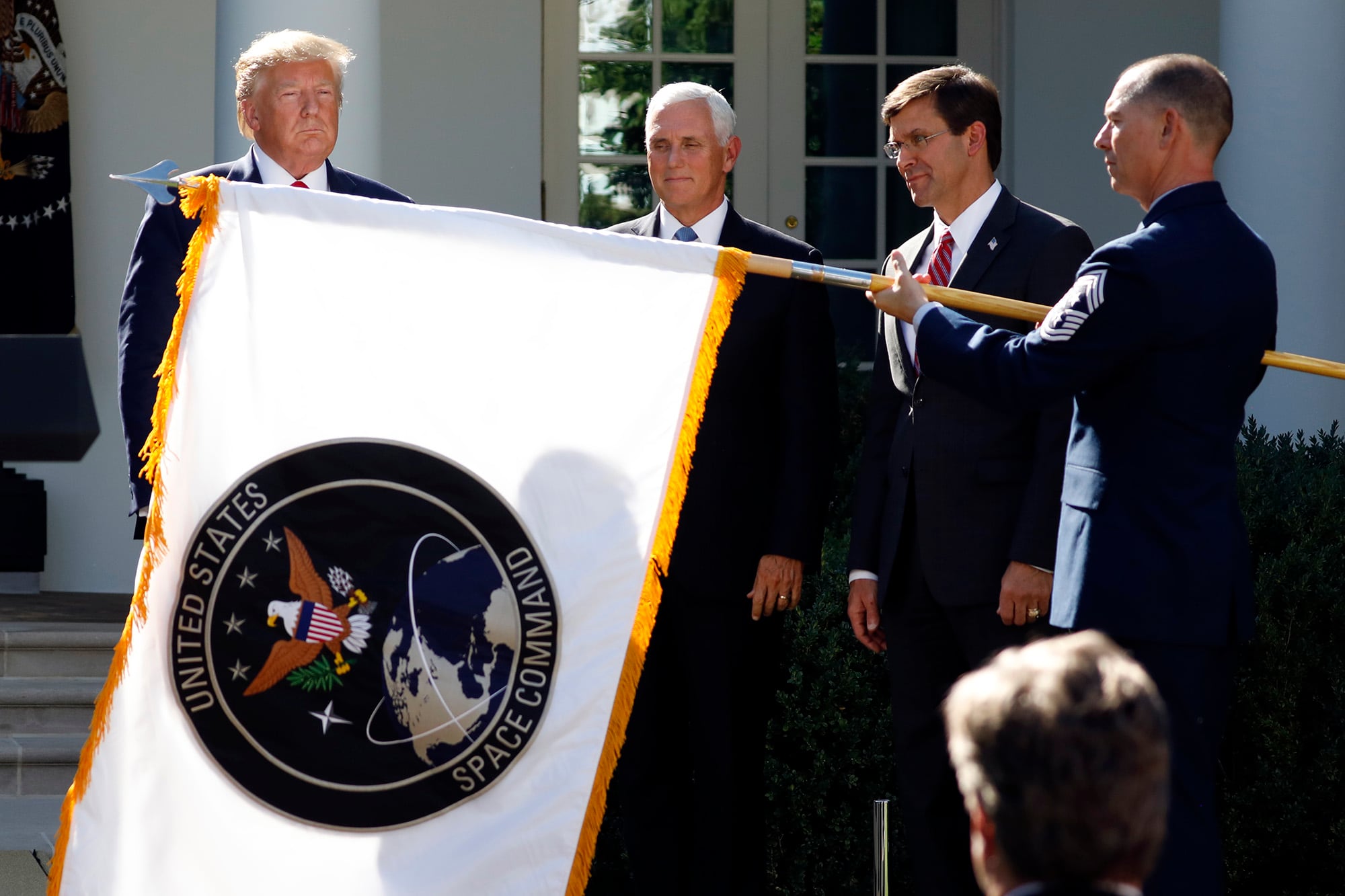The Army unveiled its vision of a future mission command center infrastructure that would expand the foundation for expeditionary command capabilities from headquarters out to the edge of combat, through all operational phases.
"We really are expecting the command post to continue to function as a single entity even though it is distributed," said COL Jeffrey Witsken, Mission Command Center of Excellence Network Integration Branch chief, at the Association of the U.S. Army annual meeting and exposition in Washington, D.C.
As envisioned, Home-Station Mission Command Centers (HSMCCs) will comprise a suite of standardized command capabilities at the corps, division and select other headquarters levels during all operational phases.
An ongoing survey of installations is slated to run through November 2016; eight have been completed so far. Planners are exploring the present capabilities and limitations of existing command networks. Through 2020 Chief Information Officer/G-6 will develop a network strategy that could bring unified command capabilities to all levels of operation.
That newly configured infrastructure likely will include the development of a common operating system in the cloud, said LTC August Muller, product director for Army Installation Information Infrastructure Modernization Program (I3MP). A pilot project in the cloud ultimately will demonstrate the network’s ability to enhance flexibility along with continuous connectivity.
Multiple rationale exist for the deep dive into a potential mission command center revamp. The distributed nature of modern engagements and the need for rapid response are pressing for a more agile control infrastructure.
In any future environment, the Army will likely operate multiple locations across land, air, sea and cyber landscapes. It will do so on relatively short notice to achieve a specific objective, Witsken said. "You are going to have forces in multiple locations, some at home stations, some en route and some deploying or deployed into areas of operations.
A new vision of an expanding concentric command center model could meet this challenge, but for this concept to see the light of day planners say they will need to design and deliver a rock-solid underlying network. "If we don't have the network, we don't get the interactions that we need," Witsken said. This will include the need to build resilience against potential unfriendly incursions. In a cyber-driven world, command communications cannot be vulnerable to digital invasion.
In the long term, the goal of the project is to generate a new set of command post capability requirements, driven by a cloud-enabled network and targeting Force 2025.
Visit our Show Reporter for full coverage of the 2015 AUSA annual meeting and exposition.
